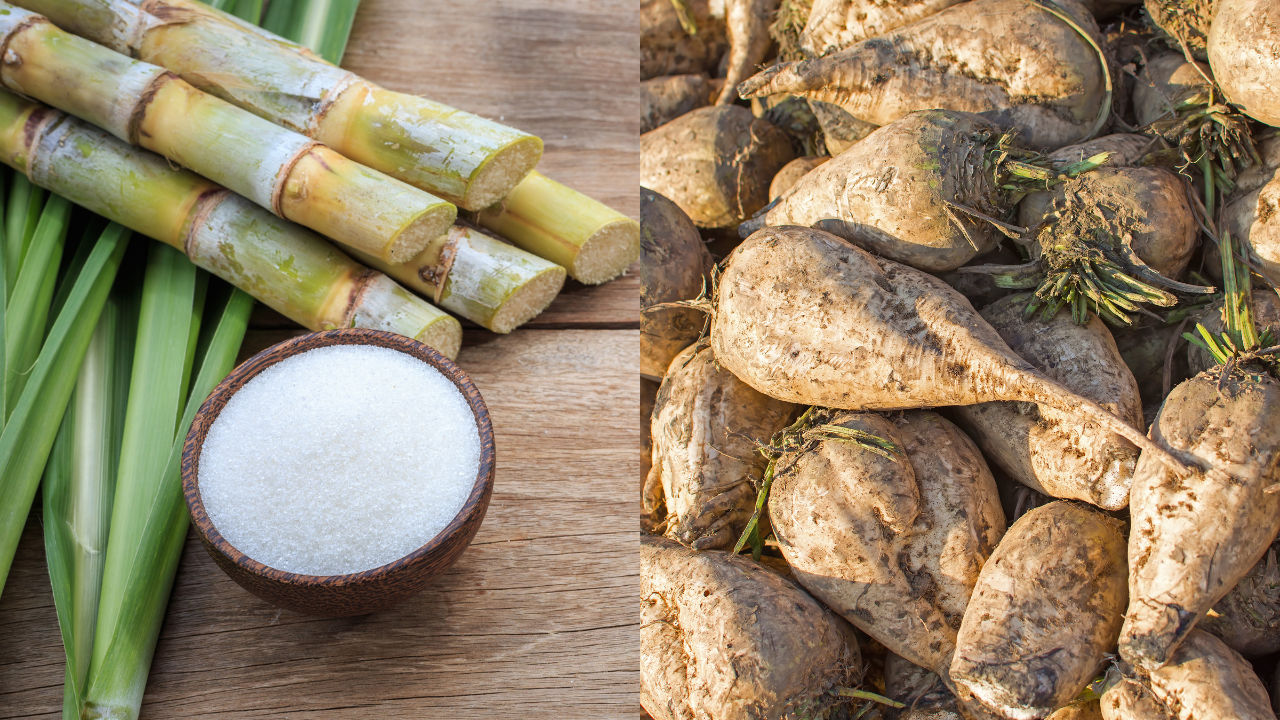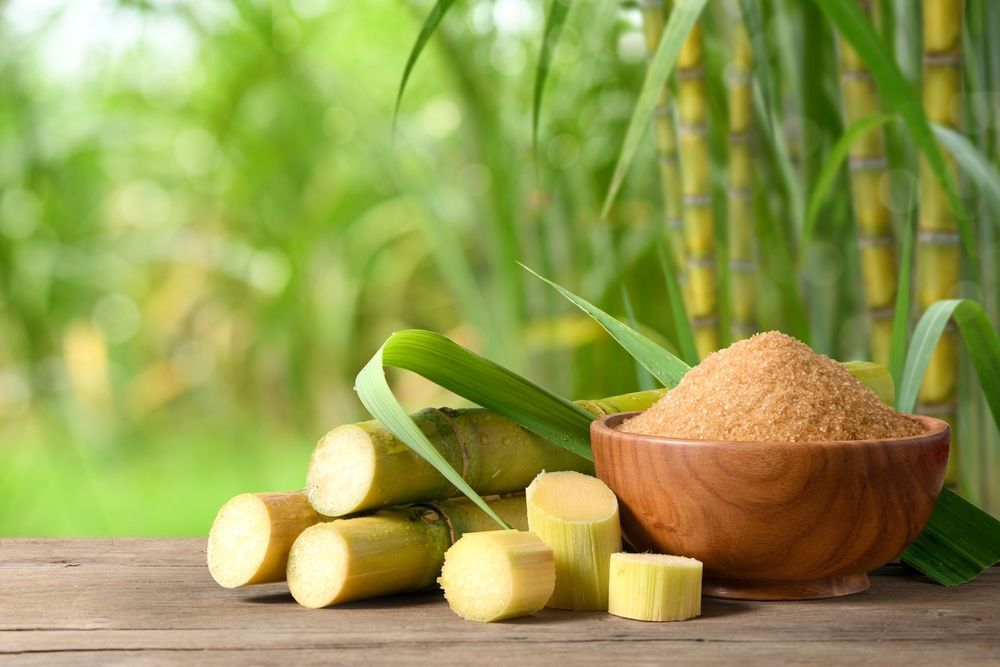Discover the Uses and Perks of Beet Sugar Vs Cane Sugar in Your Daily Diet Plan
Exploring the unique high qualities of beet and cane sugar discloses even more than just their sweetening capacities; it highlights their one-of-a-kind effects on health and cookeries. Beet sugar, known for its subtle flavor, is often preferred in delicate desserts, whereas cane sugar, with its tip of molasses, includes splendor to durable recipes. Each type holds its own nutritional profile and glycemic implications, welcoming a deeper understanding of their duties in a balanced diet regimen and lasting consumption methods.
Beginning and Production Processes of Beet and Cane Sugar

The unique climates and dirt kinds required for growing sugar beets and sugarcane add to distinctions in their cultivation methods and geographical distribution, influencing the business economics and sustainability of their production. beet sugar vs cane sugar.
Nutritional Contrast In Between Beet Sugar and Cane Sugar
Regardless of stemming from different plants, beet sugar and cane sugar are nutritionally really comparable, both primarily including sucrose. Each gives about 4 calories per gram, converting to approximately 16 calories per tsp. Structurally, both sugars are made up of around 99.95% sucrose, with minimal amounts of other compounds like dampness and trace minerals, which do not dramatically change their dietary profiles.

Ultimately, when picking between beet sugar and cane sugar based on dietary material alone, both deal identical advantages and downsides as they are essentially kinds of the very same molecule-- sucrose, giving fast power without other nutrients.
Effect on Health And Wellness: Glycemic Index and Caloric Material
Discovering further into the impacts of beet sugar and cane sugar on health and wellness, it is essential to consider their glycemic index and caloric web content. Both sugars are classified as sucrose, which includes glucose and fructose. This structure leads them to have a similar influence on blood sugar degrees. The glycemic index (GI) of both beet and cane sugar is around 65, classifying them as high-GI foods, which can cause quick spikes in blood sugar levels. This is a crucial element for individuals handling diabetes or those trying to support their power degrees throughout the day.
Each sort of sugar consists of about 4 calories per gram, making their caloric content equivalent. For those monitoring caloric consumption, especially when managing weight or metabolic wellness conditions, recognizing this equivalence is important (beet sugar vs cane sugar). Nevertheless, extreme consumption of any type of high-calorie, high-GI food can add to health issues such as weight problems, cardiovascular disease, and insulin resistance.
Environmental and Economic Considerations of Sugar Manufacturing
Beyond wellness effects, the manufacturing of beet and cane sugar likewise raises significant environmental and financial problems. Sugar beet growing has a tendency to call for cooler climates and has a lower geographical footprint compared to sugar cane, which thrives in tropical regions. However, both plants are extensive in regards to water use and land line of work, potentially causing logging and water deficiency. Financially, the international sugar market is extremely unpredictable, influenced by modifications in global trade plans and subsidies. Lots of nations incentivize sugar manufacturing with monetary support, skewing market value and affecting small-scale farmers negatively.
Additionally, using chemicals and fertilizers in both beet and cane sugar growing can lead to soil deterioration and pollution, further impacting biodiversity and neighborhood water bodies (beet sugar vs cane sugar). The option visit homepage in between growing sugar beet or cane frequently rests on local ecological problems and economic aspects, making the sustainability of sugar manufacturing a complex problem
Culinary Applications and Taste Differences
While the environmental and economic aspects of sugar manufacturing are undoubtedly significant, the option in between beet and cane sugar additionally affects cooking applications and taste profiles. Beet sugar, originated from the sugar beet plant, is recognized for its extremely neutral taste. This makes it a versatile active ingredient in cooking, where it does not alter the flavor of other elements. It liquifies promptly and is perfect for usage in cakes, cookies, and breads.
Walking cane sugar, removed from sugarcane, often maintains molasses traces, which impart a distinct splendor and deepness. This mild molasses taste boosts the intricacy of baked items, sauces, and sauces. It is particularly favored in items where a caramel touch is wanted, such as in brownies or gingerbread. Furthermore, the mild variation in moisture content in between beet and cane sugar can affect the structure and uniformity of meals, making cane sugar a preferred option for certain recipes that gain from its unique residential properties.

Final Thought
To conclude, both beet and cane sugar visit homepage have distinctive origins and production Visit This Link processes, supplying comparable nutritional profiles with mild distinctions in salt web content and taste. While their influence on health and wellness, especially regarding glycemic index and calories, is similar, the selection between them typically boils down to ecological, economic factors, and particular cooking needs. Comprehending these facets can assist customers in making informed decisions that align with their health objectives and flavor choices.